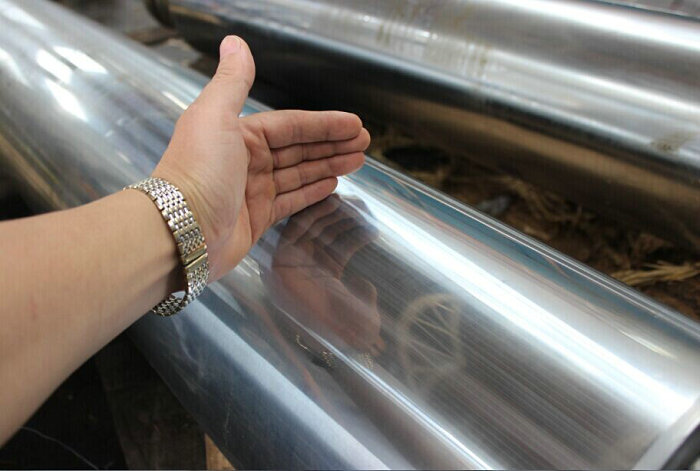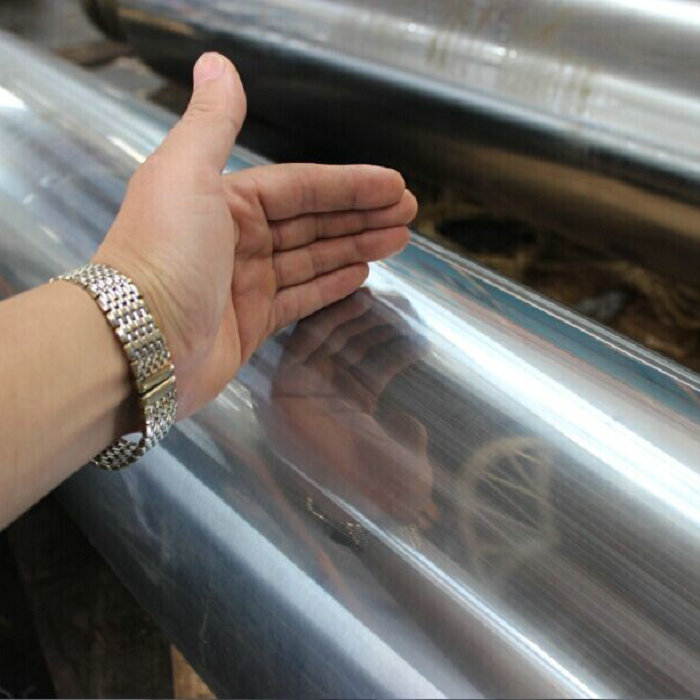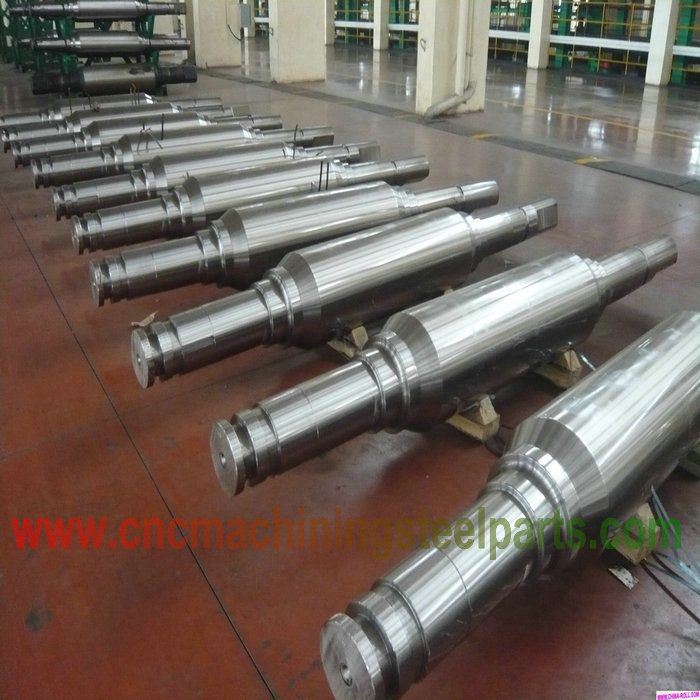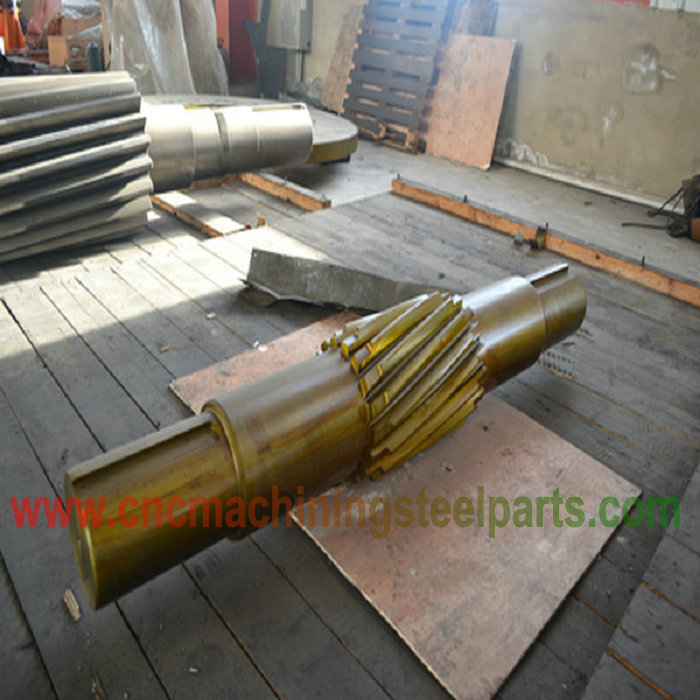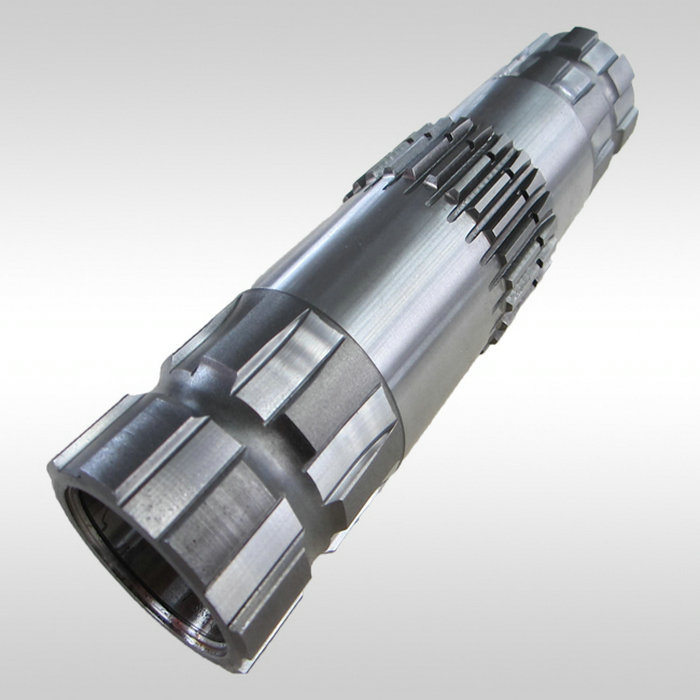Description
Piston Rod Of Hydraulic Cylinder And Hydro Cylinder CNC Machined
In The Hydraulic Cylinder, The Tolerance, Smooth Filling, Material Quality, High Frequency, Electroplating Thickness, Surface Roughness And Load-Bearing Capacity Of The Piston Rod… They Are All Concerned About Some Aspects. Because Of These Standards, It May Affect The Piston Rod Products. Especially The Tolerance Value Of Piston Rod, Otherwise, If The Tolerance Of Piston Rod Is Too Large, It Will Affect The Normal Installation; If The Tolerance Is Too Small, It Will Lead To The Normal Operation Of The Machine And Affect The Life Of The Equipment. So, In Order To Ensure The Normal Use Of The Piston Rod, In General, What Is The Tolerance Requirement Between The Hydraulic Cylinder And The Piston Rod?
In Fact, The Tolerance In The Hydraulic Cylinder Mainly Refers To An Allowable Variation Of The Actual Parameter Value. Among Them, Parameters Include Not Only Geometric Parameters In Mechanical Processing, But Also Parameters In Physics, Chemistry, Electricity And Other Disciplines. So Tolerance Can Be Said To Be a Widely Used Concept.
However, If It Is For Mechanical Manufacturing, The Purpose Of Making Tolerances Is To Determine The Geometric Parameters Of The Product And To Make The Variation Within a Certain Range So As To Meet The Requirements Of Interchange Or Cooperation.
For Instance:
For Example, The Inner Diameter Of The Cylinder Is 60 Mm, The y Type Oil Seal Is 55*10*60, And The Piston Rod Oil Seal Is 55. Then, According To The Tolerance Of The Piston Rod, The Calculation Results Are As Follows:
Internal Diameter + 0.1-0.15
Piston Rod 0.00-0.05
Because In General, The Basic Principle Of Tolerance Value Selection Is To Make The Comprehensive Economic Effect Of Manufacturing Cost And Use Value Of Machine Parts The Best. For Example, IT5-IT13 Is Used For General Mating Dimensions, IT2-IT5 For Special Precision Parts, IT12-IT18 For Non-Mating Dimensions And IT8-IT14 For Raw Materials.
